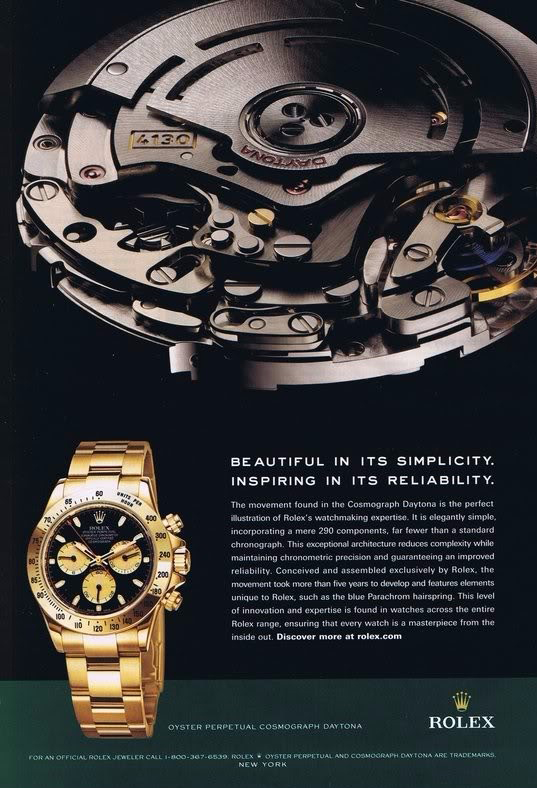
MOMBASA, Kenya — Fireworks popped and confetti rained down in the seaside city of Mombasa when Kenya’s president inaugurated the country’s new railway — designed, funded and built by China.
President Uhuru Kenyatta proclaimed that the new train would connect the port in Mombasa to the neighboring country of Uganda, create jobs and help transform Kenya into an industrialized, middle-income nation.
“This is a very historic moment,” President Kenyatta, waving a giant Kenyan flag, told the gathering of Kenyan and Chinese officials. “We should be proud.”
That was five years ago. The railway has since turned into a fiasco, the target of lawsuits, criminal investigations over corruption and resentment by environmentalists and displaced workers in the trucking industry.
Now, it’s a hot-button issue in the closely contested election on Tuesday and part of a broader debate about China’s expanding role in Kenya. The leading candidates have proposed everything from deporting Chinese workers doing local jobs to renegotiating the onerous debt Kenya owes China. But for many, it’s the railway, which cost a whopping $4.7 billion, that has come to embody the corruption and greed among the political elite.
China initially financed the railway as part of its trillion-dollar Belt and Road Initiative, which aimed to expand China’s economic and political clout by funding new ports, roads and railways globally. But China balked at financing the last section of the Kenyan railway — the connection to Uganda— as some African countries struggled to repay their debts.
The train’s tracks run 367 miles from Mombasa through the capital, Nairobi — and end abruptly in an empty field in the Rift Valley, more than 200 miles from Uganda.
“The S.G.R. is an economic, social and fiscal disrupter,” said Tony Watima, an economist, referring to the Standard Gauge Railway, which Kenyans call the train. “The disruption it has created in the Kenyan economy will be felt for years.”
Both leading candidates in the campaign to pick Mr. Kenyatta’s successor — William Ruto and Raila Odinga — have seized on the railway’s troubles, promising to reassess its operations, while also trying to distance themselves from the project.
Mr. Ruto is the vice president and part of the administration that launched the railway. In an interview, he acknowledged that Kenya’s public debt — a total of $73.5 billion as of March in a country with a gross domestic product of just over $100 billion — was creating a “very precarious” situation, and that the railway had so far failed to expand the economy.
“We are hurting from paying the Chinese debt,” he said.
His opponent, Mr. Odinga, is a former prime minister who had long been critical of the project and accused Mr. Kenyatta’s family of benefiting from it. But now that Mr. Kenyatta is backing him, Mr. Odinga has softened his criticism, while promising to overhaul the railroad’s operation. He told a crowd of supporters in Mombasa recently, “Once I am in office, we will fix it.”
The railway represents the height of the borrowing and looting spree that has plagued Mr. Kenyatta’s government since it took office in 2013, economists, analysts and government officials said in interviews. His administration, they said, has saddled the country with large-scale infrastructure projects that are not financially viable, largely benefit the wealthy and divert investments from education and health care. In the past nine years, Kenya’s public debt has surged almost fivefold.
“The standard gauge railway is the jewel in the crown of corruption in Kenya,” John Githongo, a former anti-corruption czar, said. “That’s a sad legacy of the current regime.”
Mr. Kenyatta’s office did not respond to emailed questions for this article. The government’s minister for treasury and planning, Ukur Yatani, who oversees the country’s port, rail and pipeline infrastructure, did not reply to requests for an interview.
The railway’s financier, Exim Bank of China, has demanded reimbursements, even as creditors like France and Japan gave Kenya some respite from servicing their loans because of the pandemic. To repay the loan, the government introduced a raft of taxes and austerity measures that have angered the public, which is coping with rising food and fuel prices stemming from a drought and the war in Ukraine.
There was a “lack of economic planning and foresight” in commissioning the railway, said Abdullswamad Shariff Nassir, a lawmaker who leads the public investments committee in Parliament.
The ‘Lunatic Express’
For years, Kenya deliberated about whether to build a new railway or renovate its century-old line built by the British colonialists and famously known as the “Lunatic Express.”
Independent reports, including from the World Bank, recommended upgrading the existing rail network as a cheaper option. But ultimately, the Kenyatta administration settled on building a new one: a standard-gauge railway on which freight trains could run at 50 miles per hour and passenger trains at 74 miles per hour.
Groundbreaking started in 2013. But trouble dogged the project from the start.
Even though it was financed by taxpayers, there was no competitive bidding for the project — a move Mr. Kenyatta defended.
Environmentalists questioned why the government routed the railway through Nairobi National Park, one of few wildlife parks anywhere adjacent to a capital city.
The project’s only known feasibility study was done by the Chinese contractor — not the government — which presented a conflict of interest, said Okiya Omtatah, a prominent lawyer who challenged the project in court.
He said he was invited to a Nairobi hotel to meet with several Kenyan senators and Chinese managers who asked him to withdraw the case in return for a $300,000 payout. When he declined, one of the senators offered up to $1 million, he said. He was told that if he refused, they could pay off a judge to decide the case in their favor.
“You keep your money and I will keep my country,” Mr. Omtatah recalled telling them as he left the room.
A communications officer with C.R.B.C., the Chinese contractor, did not respond to emailed questions. Mr. Omtatah would not identify the senators he said he met with.
The court of appeal finally ruled in Mr. Omtatah’s favor, in 2020, declaring the railway’s contract illegal for flouting Kenya’s procurement laws. The government is appealing the decision to the Supreme Court.
Mr. Ruto has promised, if elected president, to publish the contract — a move that activists hope would allow the public to scrutinize it. A transport ministry official this year said that making the contract public would undermine national security because it would reveal its nondisclosure clauses.
Over the years, activists and opposition figures have accused senior politicians of inflating costs and profiting from the railway.
Land acquisitions became a flashpoint too, with more than a dozen officials, including the former managing director of Kenya Railways and the former chairman of the agency that manages Kenya’s public land, charged in court in 2018, accused of facilitating more than $2 million in payments to individuals and companies that falsely claimed to own land along the railway. While some cases have been dropped, trials of other defendants are continuing. Parliament disclosed that millions more were disbursed in overpayments or payments made without clear documentation.
Road versus rail
A year after the train started operating, a parliamentary report showed it cost more than double the amount to transport goods on the train than on the road.
To make the railway profitable, the authorities compelled importers to send cargo by railway instead of by road — a decision that set off protests and court cases.
Officials in Mombasa said the railway cost their county tens of millions of dollars in annual revenues. One report estimated conservatively that over 8,100 people employed in the trucking, fuel and freight businesses in the county would lose their jobs.
Lawrence Boy, a truck driver in Miritini, a suburb of Mombasa, accused the government of “demonizing” truck drivers and leaving many young people jobless and turning to crime.
“We are citizens of this country,” he said, “and we deserve equal rights.”
A ‘serious mess’
At the Nairobi station, passengers board train cars painted with the slogan,“Connecting Nations. Prospering People.” But a poll taken in 2019-2020 by Afrobarometer found that 87 percent of Kenyans believed their government had borrowed too much money from China.
Lawmakers have recommended the government renegotiate the railway’s loan with China. But even if they can, said Mr. Watima, the economist, the railway will remain a “serious mess.”
China, also, is reassessing its early lending spree on African infrastructure projects as it faces growing backlash for doling out loans to poor countries with shaky finances.
Even though China will remain the biggest financier of African infrastructure, Eric Olander, co-founder of the China Global South Project, said it was unlikely that risky megaprojects like the Kenyan railway would receive funding in the future.
“The sand in the hourglass has run out,” he said.
For now, the railway leaves Mombasa, cuts across Kenya’s iconic national parks and barrels past Nairobi before its tracks stop at a quiet hamlet near the town of Duka Moja, surrounded by dense bush and maize plants.
“They said this train was progress, but whose progress is it?” said Daniel Tipape, a motorcycle taxi driver, passing the dirt road near the rail’s finish line.
“Sometimes we just build things for the sake of it,” he said.




